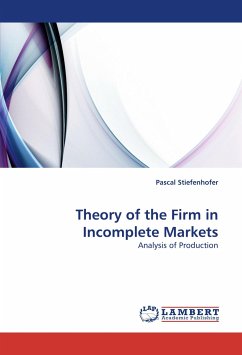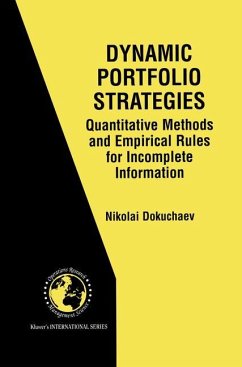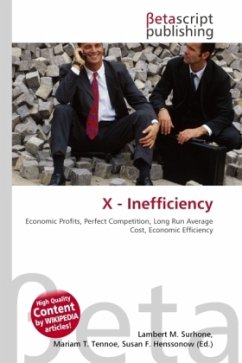Demonstrate theoretically the possibility that the financial market, albeit incomplete, has equilibrium and that this equilibrium is efficient has been an important topic at the frontier of the research on general equilibrium for financial markets. This paper proposes to make a critical survey of the literature on general equilibrium with incomplete financial markets that discusses in which condition it is possible to demonstrate the asymptotic properties. In particular, we examine whether each equilibrium that ensues with additions of securities are or not constrained Pareto optimum. The constrained optimality analysis runs into the difficulty that it is hard to proceed sensibly without tackling the difficult problem of the determination of the asset structure. With incomplete markets, the asset structures matters. The paper offers and solves an example where a structure of Arrow securities relates to the asymptotic inefficiency.








